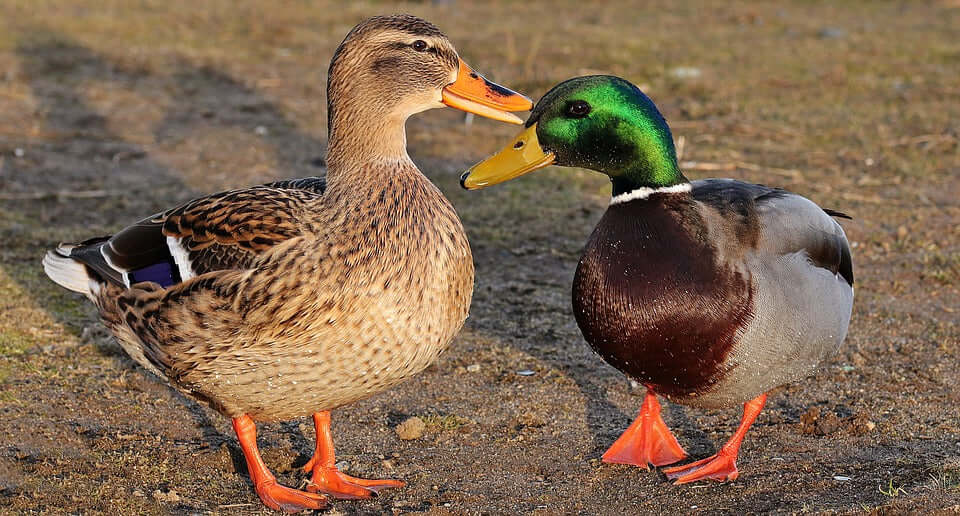In today’s wildlife adventures with an iPhone, I want to encourage you to use your smartphone camera (mine’s an iPhone) to reconnect with the natural world.
Feeding bird food to wild birds visiting the garden is, of course, a commendable entrée to the natural world but technology can help focus our attention and encourage us to zoom in for a closer look at the flora and fauna we may normally glance at but then almost immediately redirect our attention back to something more ordinary (like Facebook). To inspire you on your own smartphone adventure, I’m going to keep offering examples of the things I spot and I hope to see some of the things you see on your travels too. Please send them to enquiries@haiths.com for my attention (Simon H King).
https://www.youtube.com/watch?v=9_wHa2GLZac
These Mallard ducklings are being watched closely by their parents for good reason as they’re extremely vulnerable for the first 50 to 60 days of their life; however, within a few months from now, they’ll be independent and will have to fend for themselves.
As I re-watch the video it seems unfair that these buoyant balls of fluff will soon face the world and its hazards alone – but that’s exactly what’s expected from these ducklings as their parents will quickly begin to feel that their work here is done.
In the meantime, these ducklings are learning to feed themselves and their parents are teaching them what’s edible.
On the plus side they may not need to rely on their mother for warmth over the next few days, but the nights can quickly cool down and she’ll ensure they don’t leave her (yet) as there’s relative safety in numbers. The list of predators is lengthy – from Herons, crows, magpies and foxes to large predatory fish.
Soon flight will come naturally to them as they fledge from the family and take to the air. Consider that they may well be parents themselves within a year. They certainly grow up fast, don’t they?
And when they do grow up they'll encounter grown-up heaving loaves of bread at them and they'll find themselves unable to resist a white slice of Warburton’s. But it won't do them any good at all. I've seen geese at lakes with angel wing a disease observed in waterfowl and believed to be caused by humans feeding bread at ponds and lakes. There's nothing wrong with feeding these birds but my advice is to leave the bread in the bread bin (where it belongs - unless it's in the toaster!) and invest in a bag of Haith's Duck and Goose Mix.

Notes: video filmed at Hubbard’s Hills, Louth, England
Written by Simon H. King


